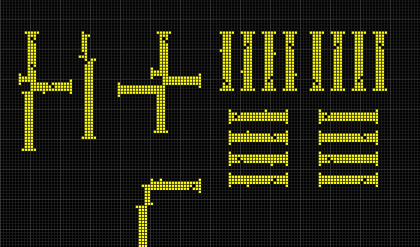Context Free Grammars (CFG) can be classified on the basis of following two properties:
1) Based on number of strings it generates.
· If CFG is generating finite number of strings, then CFG is Non-Recursive (or the grammar is said to be Non-recursive grammar)
· If CFG can generate infinite number of strings then the grammar is said to be Recursive grammar
During Compilation, the parser uses the grammar of the language to make a parse tree(or derivation tree) out of the source code. The grammar used must be unambiguous. An ambiguous grammar must not be used for parsing.
2) Based on number of derivation trees.
· If there is only 1 derivation tree then the CFG is unambiguous.
· If there are more than 1 derivation tree, then the CFG is ambiguous.
Examples of Recursive and Non-Recursive Grammars
Recursive Grammars
1) S->SaS
S->b
The language(set of strings) generated by the above grammar is :{b, bab, babab,…}, which is infinite.
2) S-> Aa
A->Ab|c
The language generated by the above grammar is :{ca, cba, cbba …}, which is infinite.
Note: A recursive context-free grammar that contains no useless rules necessarily produces an infinite language.
Non-Recursive Grammars
S->Aa
A->b|c
The language generated by the above grammar is :{ba, ca}, which is finite.
Types of Recursive Grammars
Based on the nature of the recursion in a recursive grammar, a recursive CFG can be again divided into the following:
· Left Recursive Grammar (having left Recursion)
· Right Recursive Grammar (having right Recursion)
· General Recursive Grammar(having general Recursion)

